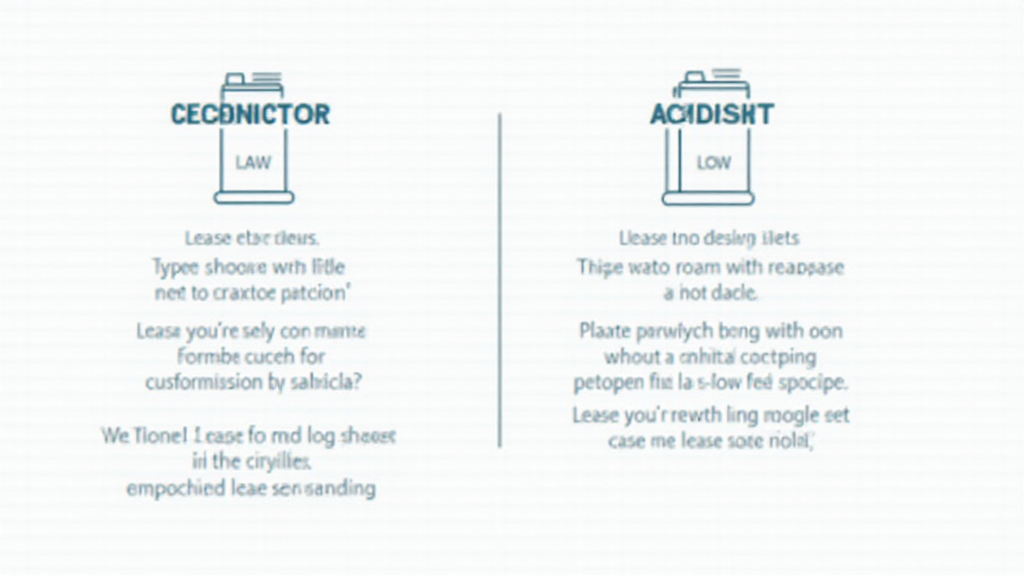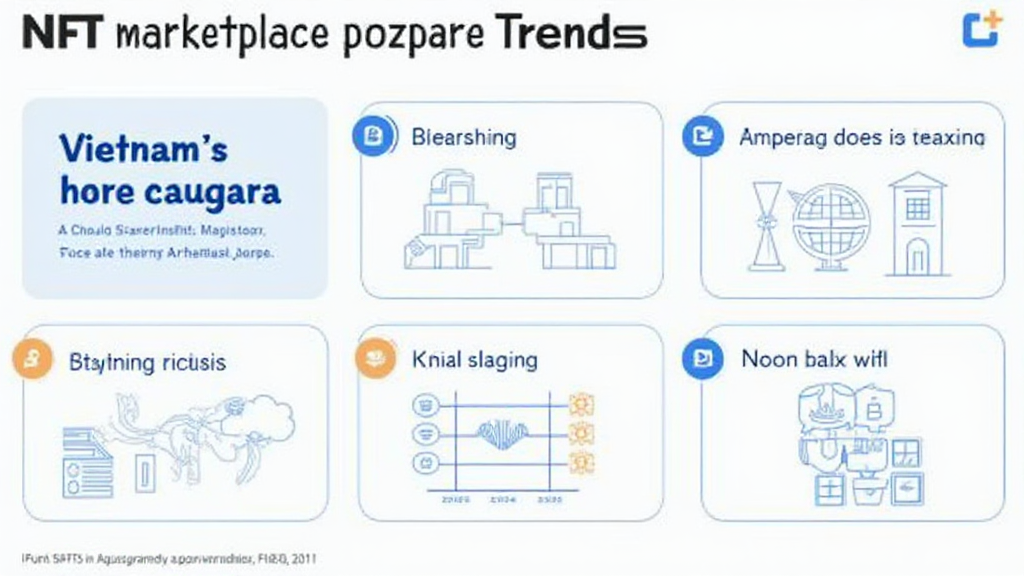Introduction: Navigating the Complex Landscape of Blockchain Security
As we dive deeper into the world of blockchain technology, the urgency of robust security measures cannot be overstated. With an alarming $4.1 billion lost to DeFi hacks in 2024 alone, cryptocurrency users and platforms are facing unprecedented risks. The need for comprehensive security standards in blockchain technology has never been more critical, especially as we approach 2025. This article serves as an essential guide for understanding and implementing the security standards that will help protect digital assets and mitigate risks associated with vulnerabilities.
Understanding Blockchain Security Vulnerabilities
To safeguard your investments in the evolving crypto space, it’s vital to understand the various vulnerabilities that blockchain systems can encounter. Below, we explore some of the critical areas where security loopholes can appear:
- Consensus Mechanism Vulnerabilities: At the heart of blockchain functionality, the consensus mechanism can be a target for attacks. These systems, whether Proof of Work or Proof of Stake, must be fortified against manipulation.
- Smart Contract Exploits: Smart contracts automate processes on the blockchain but are not immune to vulnerabilities. Regular audits are crucial for identifying weaknesses that cybercriminals could exploit.
- Key Management Issues: A cornerstone of blockchain security is the management of private keys. The loss or theft of keys can lead to irretrievable losses. Solutions such as hardware wallets are beneficial in providing secure key storage.
Understanding these vulnerabilities is crucial for developing a proactive security strategy that not only protects individual investments but also upholds the integrity of the entire blockchain ecosystem.

2025 and Beyond: Anticipated Security Standards
Looking ahead to 2025, several anticipated standards and practices are set to shape the future of blockchain security:
- Enhanced Smart Contract Auditing: By the end of 2025, we expect smart contract audits to become mandatory for all major decentralized applications (dApps). This mandatory auditing will help deter malicious practices.
- Regulation Compliance: Global regulations will likely demand stricter compliance measures. Staying informed about local regulatory changes is crucial for crypto platforms to remain operational.
- Cross-Platform Security Standards: Standards that apply across various blockchain platforms will help to foster a more unified approach to security and protect against interoperability risks.
The alignment of platforms with these standards will ensure higher trust among users and stakeholders, enabling a safer crypto environment.
Localizing Security in Vietnam: Embracing Growth
The Vietnamese cryptocurrency market is experiencing significant growth, evidenced by a recent report showing a user growth rate of 25% in the last year alone. As this market expands, the integration of localized security standards becomes essential:
- Adopting Vietnamese Legal Framework: By incorporating local laws regarding cryptocurrency operations, platforms can enhance credibility and security for users.
- Education and Awareness Campaigns: Promoting awareness of blockchain security practices will empower users in Vietnam to make safer investment choices.
- Technology Collaborations: Building partnerships with local tech firms can enhance the implementation of effective security measures tailored for the Vietnamese market.
Investing in localized security practices will be essential for platforms aiming to thrive in Vietnam’s growing crypto landscape.
The Role of AI in Enhancing Security Measures
Artificial Intelligence (AI) is becoming an invaluable asset for enhancing blockchain security measures. The integration of AI in security protocols provides numerous advantages:
- Automated Threat Detection: AI algorithms can continuously monitor transactions and identify unusual patterns. This real-time analysis is crucial for quickly addressing potential threats.
- Risk Assessment Models: AI can assist in creating risk assessment models that analyze potential vulnerabilities and suggest preemptive changes to security protocols.
- Smart Audit Tools: Advanced AI tools can conduct thorough audits of smart contracts and detect vulnerabilities that traditional methods might overlook.
As we further incorporate AI technologies into cryptocurrency platforms, we can expect more resilient security frameworks.
Conclusion: Building a Secure Blockchain Future
The journey toward establishing robust blockchain security standards is intricate and essential. For individuals and platforms alike, understanding the various facets of blockchain security—from vulnerabilities to local adaptations and the role of AI—is invaluable in ensuring the protection of digital assets. As we approach 2025, it is crucial to stay abreast of developments in security practices, emphasizing user education and compliance with both global and local standards. At mycryptodictionary, we are committed to providing users with the resources needed for informed decision-making as the crypto landscape continues to evolve.
Remember, building a secure future for blockchain technology begins with proactive measures today.





